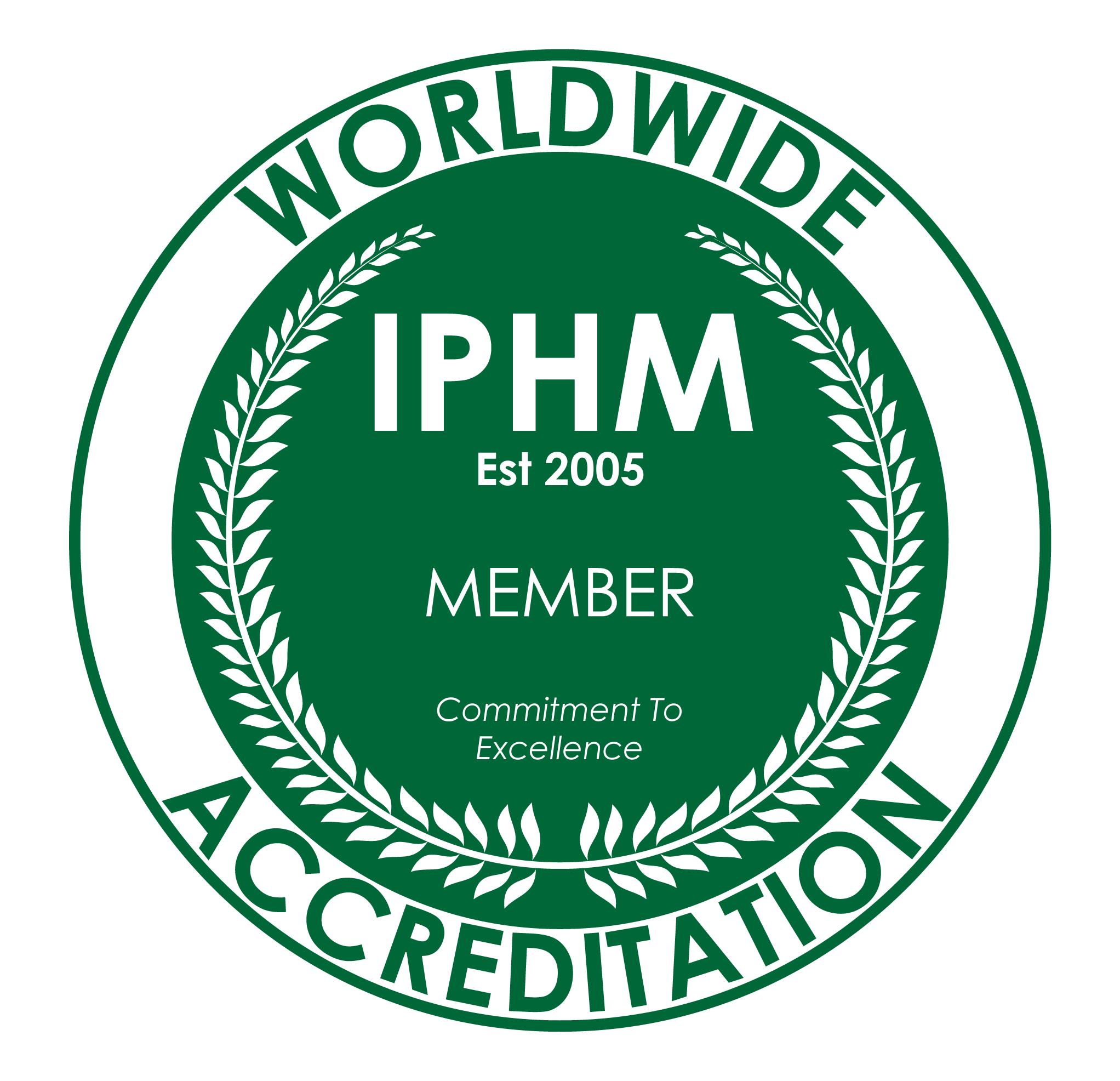In the realm of healing and self-discovery, the journey towards somatic awareness stands out as a beacon of hope, especially for those navigating the aftermath of trauma. As a dedicated somatic trauma therapist, I’ve witnessed firsthand how disconnection from the body is a common survival strategy for individuals who have endured neglect, abandonment, or abuse. This disengagement, though protective at once, often mutes the body’s narrative, leaving its story untold and its wisdom untapped.
The essence of somatic awareness lies in cultivating an open, non-judgmental attention to the body’s experience as it unfolds moment by moment. This practice is not just about tuning into physical sensations but about embracing an intuitive process that bridges our emotional, cognitive, and experiential worlds.
The Body’s Tale: More Than Just Sensations
Our bodies communicate through a language beyond words, conveyed through sensations, tensions, movements, and breath. Engaging with somatic awareness is akin to learning how to read this language, enabling us to decode and understand our emotions, traumas, and overall well-being more deeply.
Embracing somatic awareness transforms how we relate to our own stories. It allows us to process and make sense of our experiences, empowering us to meet our body’s needs with empathy and responsiveness.
The Therapeutic Journey: Listening and Trust
The role of the therapist in this journey cannot be overstated. Patience and persistence, honed through the therapist’s own practice of somatic awareness, are pivotal. My personal journey of embodying this practice has been instrumental in developing a resonant connection with my patients. It’s through this connection that trust is built, especially with the protective parts of the self that once deemed body disengagement necessary for survival.
My own path of body listening, encompassing eight years of living with thyroid disease and hip pain, taught me the value of connecting with, rather than trying to eliminate, these symptoms. This connection revealed the profound narrative my body has been holding, one that encompasses fear, pain, and ultimately, resilience. Through movement and breath, I’ve engaged with this narrative, finding healing and understanding in the process.
Navigating Protective Parts with Somatic Awareness
As therapists grounded in somatic awareness, we are better equipped to guide clients through their protective barriers. Many individuals carry the belief that awareness of the body must be blocked to keep pain at bay. Our role is to foster openness, curiosity, and compassion towards bodily sensations, gently unveiling the vulnerable stories etched within and paving the way for healing and transformation.
Practical Tools for Cultivating Somatic Awareness
Embarking on the journey of somatic awareness can begin with simple, yet profound, practices:
- Mindful Breathing: Observe your breathing patterns – their quality, depth, pace, and rhythm. Notice the nuances between inhaling and exhaling, and become curious about any specific aspects of your breath.
- Mindfulness of Habitual Movements: Choose a habitual movement to explore, such as hand gestures or walking patterns. Mindfully repeat the movement, staying open to any associated thoughts, emotions, or sensations. What story does this movement tell?
- Self-Touch: Engage in self-touch to awaken body awareness. Explore the sensations and responses throughout your body with curiosity. What emotions or images arise? Are there areas your hands are drawn back to?
In embracing somatic awareness, we honor the integration of mind, body, and spirit, viewing it as a vital path towards resilience, self-discovery, and authentic living. Recognizing the wisdom of our bodies enables us to face life’s challenges with clarity, compassion, and authenticity, forging a deeper connection with ourselves and the world around us.








